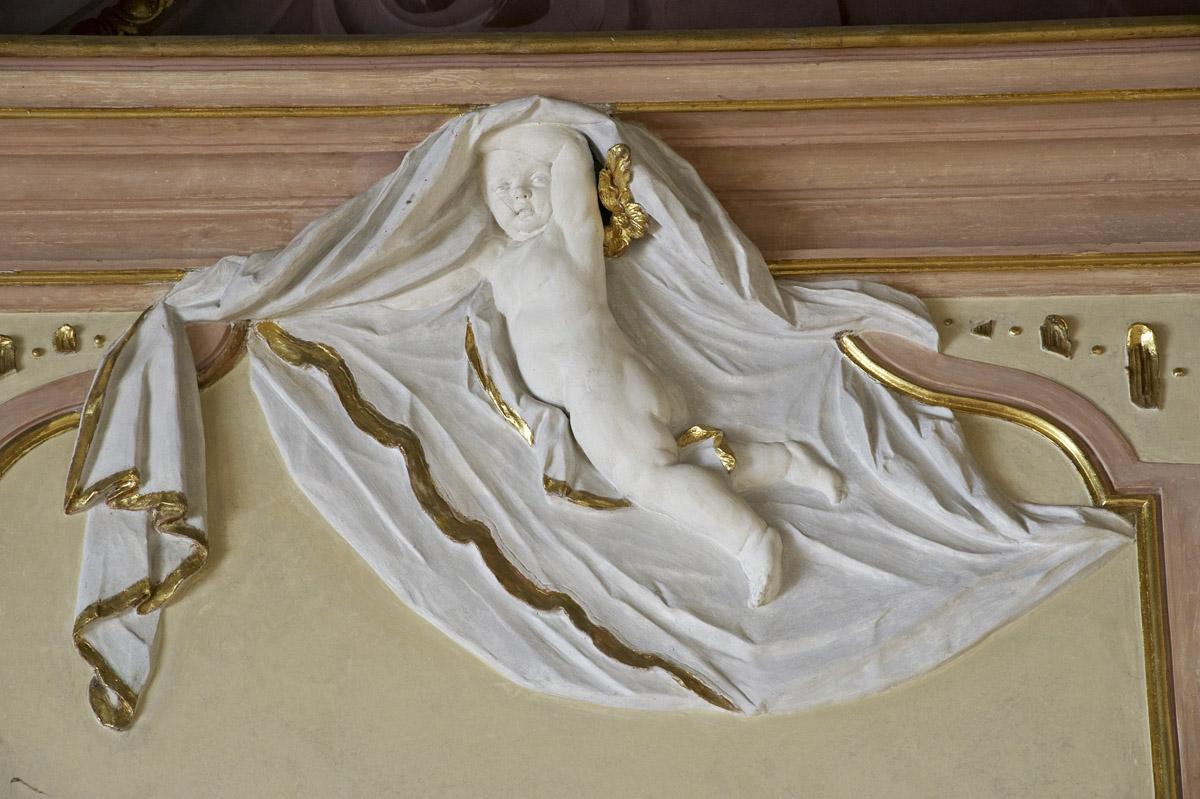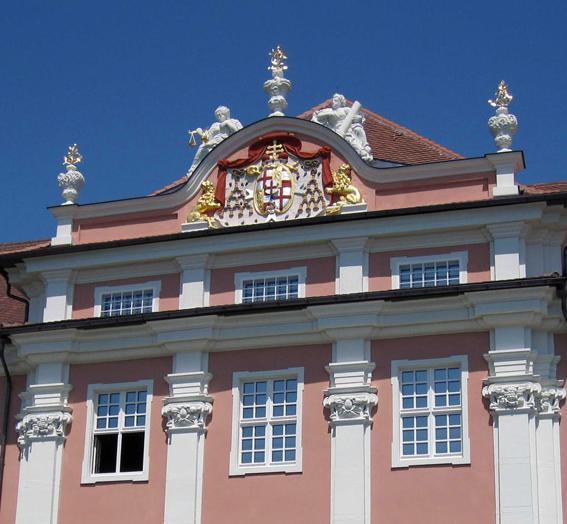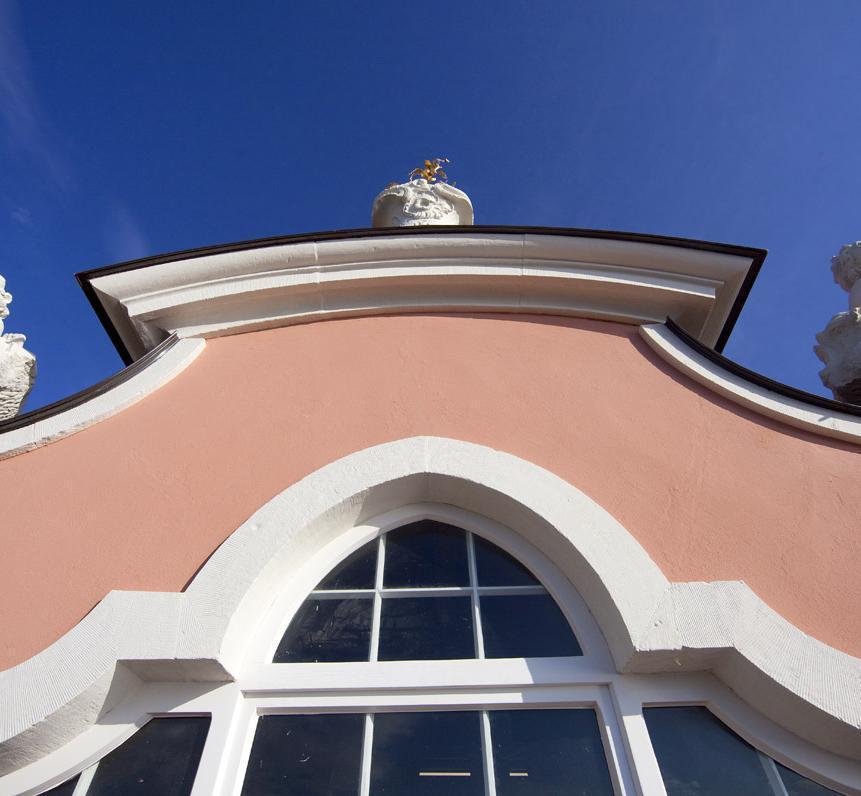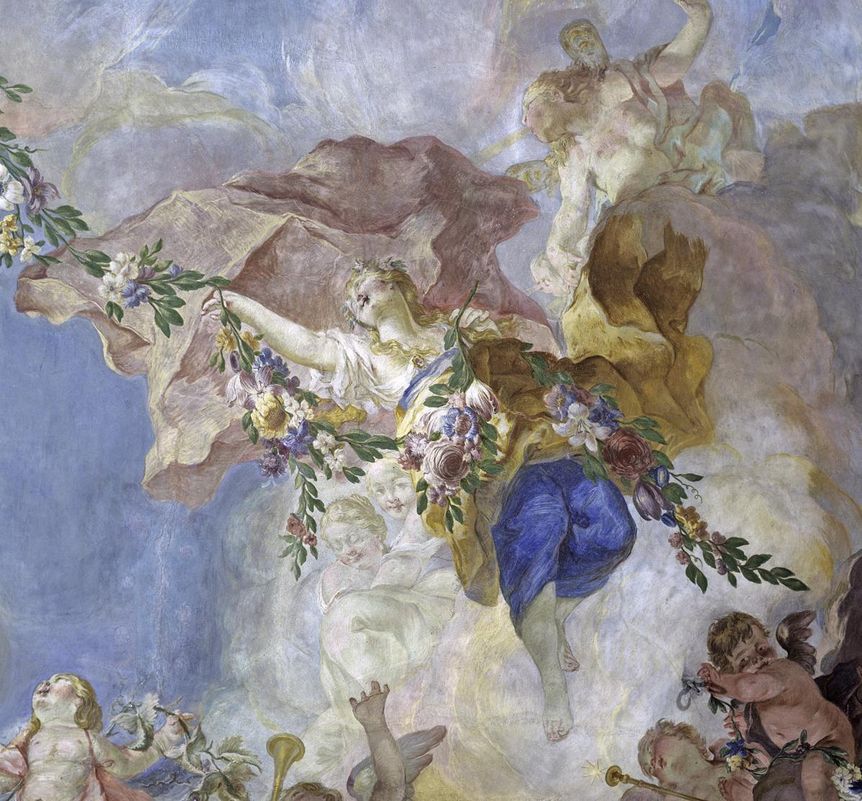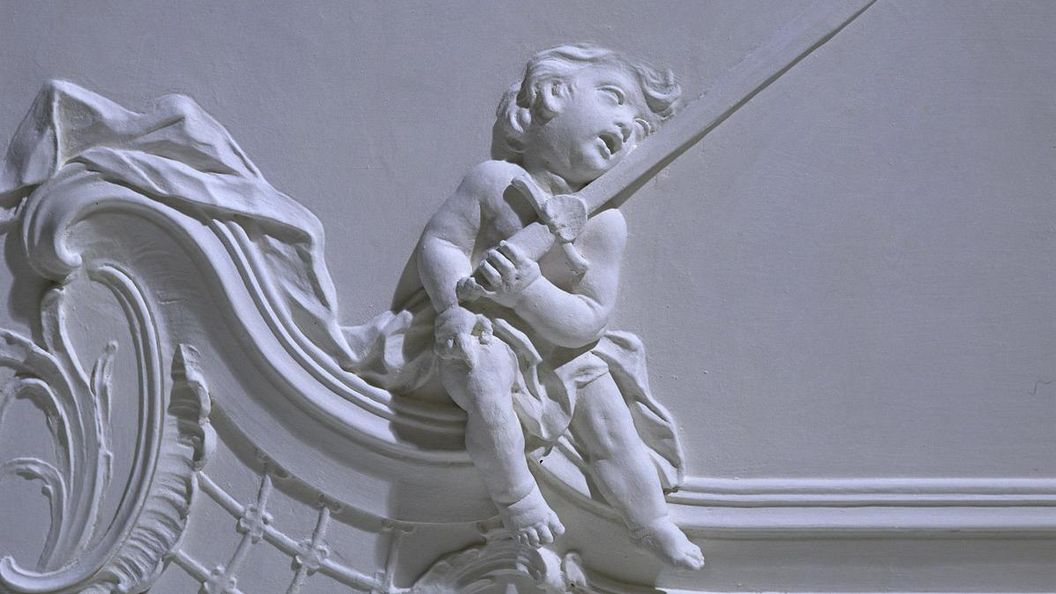The final era for displays of splendorHistory of design
Lavish splendor characterized the structures and decor of the 18th century. This is also true of Meersburg New Palace, which architects, stuccoists and painters shaped into one of the most impressive royal residences in southern Germany.



